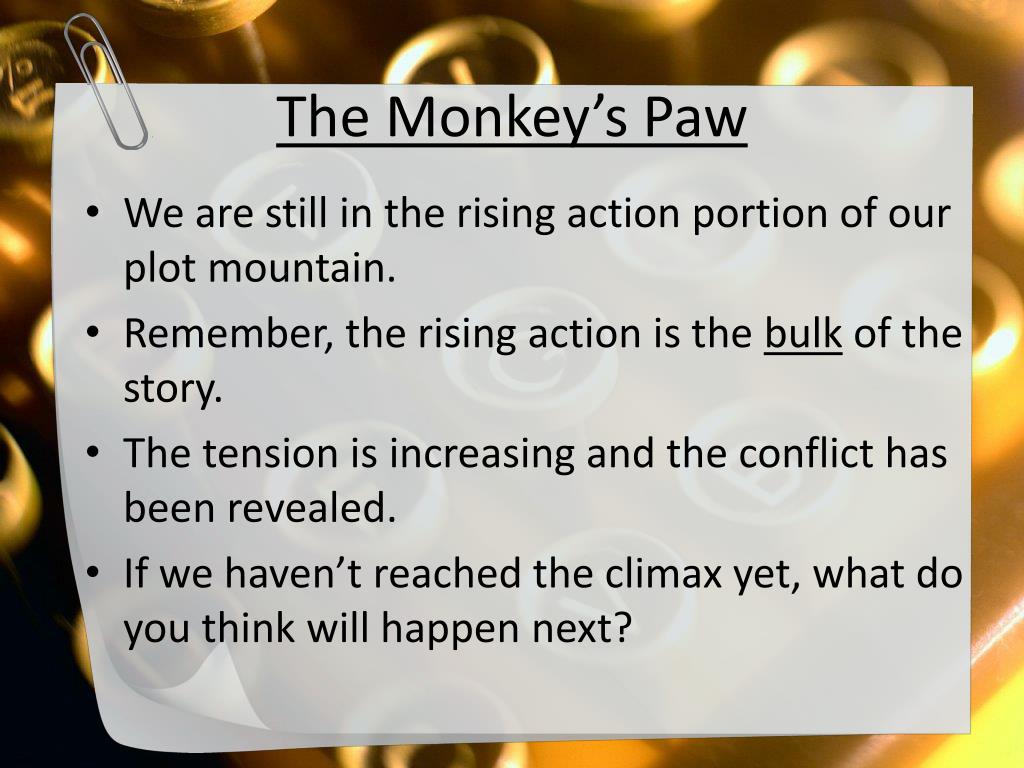Understanding the Essence of Solitude and Society: Insights from Emerson’s Foundational Argument
Introduction: Emerson’s Exploration of Solitude and Society
Ralph Waldo Emerson’s essay
Society and Solitude
opens with a profound meditation on the nature of human relationships, examining why individuals seek both connection and isolation. The first paragraph sets the tone for the entire work, highlighting a central theme: true solitude is not merely a matter of physical separation, but a deeper, philosophical pursuit that allows for introspection, creativity, and the cultivation of genius
[1]
. This section will guide you through Emerson’s argument, providing comprehensive insights, practical applications, and strategies for achieving balance in your own life.
Emerson’s Foundational Statement: What Belongs in a Summary?
The essential statement to include in a summary of paragraph one is: Emerson begins by describing the story of a man who abandons society to seek total solitude in nature, emphasizing that the true value of isolation lies in its ability to foster introspection and creative genius [1] . He illustrates that solitude is not simply the absence of other people, but a state where one can reflect, connect with nature, and develop the self. Emerson uses the example of a humorist who withdraws from society, seeking complete seclusion and striving to commune with the stars rather than people.
The Meaning Behind Solitude: More Than Physical Separation
Emerson’s narrative in paragraph one goes beyond describing a man’s withdrawal from society. He uses this anecdote as a metaphor for intellectual and spiritual growth. Solitude, in Emerson’s view, is not achieved through mere isolation from others, but through a deliberate effort to connect with one’s inner self and the natural world. This distinction is crucial: the quality of solitude is defined by the depth of introspection, not the quantity of time spent alone [3] .
For individuals seeking personal development, Emerson’s insight implies that retreating from constant social interaction can enable deeper thought, creativity, and self-knowledge. However, he cautions that complete isolation may not be practical or healthy for most people, advocating instead for a balanced approach [1] .
Practical Guidance: How to Apply Emerson’s Philosophy
If you wish to embrace Emerson’s principles in your own life, consider the following steps:
- Identify Your Need for Solitude: Reflect on your current lifestyle. Do you feel overwhelmed by constant social interaction? Are you craving time alone to think and create? Recognizing your personal need for solitude is the first step toward balance.
- Create Intentional Spaces for Reflection: Dedicate specific times or environments for solitude-this may include nature walks, journaling, or meditative practices. Emerson believed that nature is an ideal setting for introspection, so seek out quiet environments where you can disconnect from distractions.
- Balance Social Engagement: While Emerson praised solitude, he also acknowledged the importance of society in moderation. Engage with others meaningfully, but avoid over-socialization that can detract from personal growth. You can find local discussion groups, creative workshops, or online forums that support thoughtful interaction without overwhelming your schedule.
- Practice Mindful Communication: Whether you are alone or with others, focus on quality over quantity. Emerson’s concept of “readiness of sympathy” suggests that genuine engagement is more valuable than frequent contact [3] . When connecting with others, be present and attentive.
Real-World Examples of Balancing Solitude and Society
Emerson pointed to figures like Sir Isaac Newton and Dante Alighieri, who found inspiration in solitude [2] . Today, many professionals-from writers to scientists-report that periods of isolation fuel their creativity. For example, authors often retreat to cabins or quiet spaces to complete their books. Similarly, entrepreneurs may benefit from regular reflection to develop innovative ideas. However, these individuals also recognize the value of collaboration, feedback, and social support.

Source: investopedia.com
Consider the daily routines of creative professionals: setting boundaries for focused work, scheduling time for social interaction, and using nature as a restorative influence. You can implement these strategies by planning “solitude blocks” in your calendar and seeking out community events that align with your interests.
Potential Challenges and Solutions
While the pursuit of solitude can be beneficial, some individuals may encounter challenges such as loneliness, social anxiety, or difficulty re-integrating into society. Emerson admits that total solitude is impractical for most people [1] . To overcome these obstacles:
- Set Realistic Expectations: Don’t aim for complete isolation. Instead, plan incremental changes-such as one hour of solitude daily-and gradually increase as you become more comfortable.
- Leverage Support Networks: Stay connected with trusted friends, family, or mentors. Use technology to maintain relationships while preserving personal space.
- Seek Professional Guidance: If solitude becomes distressing or leads to negative emotions, consider consulting a mental health professional or counselor. Many organizations offer support services; search for “mental health resources” through your local health department or trusted medical providers.
Alternative Approaches to Achieving Balance
Not everyone thrives in the same environment. Emerson recognized that the ideal balance between society and solitude varies by individual [2] . Some alternatives include:
- Group Retreats: Join structured retreats that combine solitude with group discussion, such as writing workshops or meditation centers.
- Digital Detox: Reduce screen time and social media use to create mental space for reflection.
- Solo Travel: Explore new places alone for inspiration, while occasionally joining guided tours or local meetups for social engagement.
To find such opportunities, search for “creative retreats,” “digital detox programs,” or “solo travel groups” using established travel sites, local community boards, or wellness organizations. If you need specific recommendations, local libraries, art centers, and health organizations often list events and groups that promote solitude and creativity.
Key Takeaways
Emerson’s
Society and Solitude
offers timeless advice:
the pursuit of solitude is essential for personal growth, but balance with society leads to greater well-being
. The summary statement from the first paragraph encapsulates this message, providing a foundation for thoughtful living. By applying Emerson’s principles, you can cultivate deeper creativity, stronger self-awareness, and healthier relationships.

Source: bill.com
References
MORE FROM cheerdeal.com













